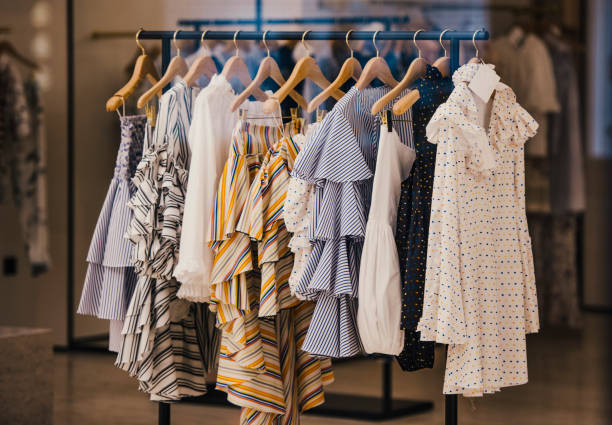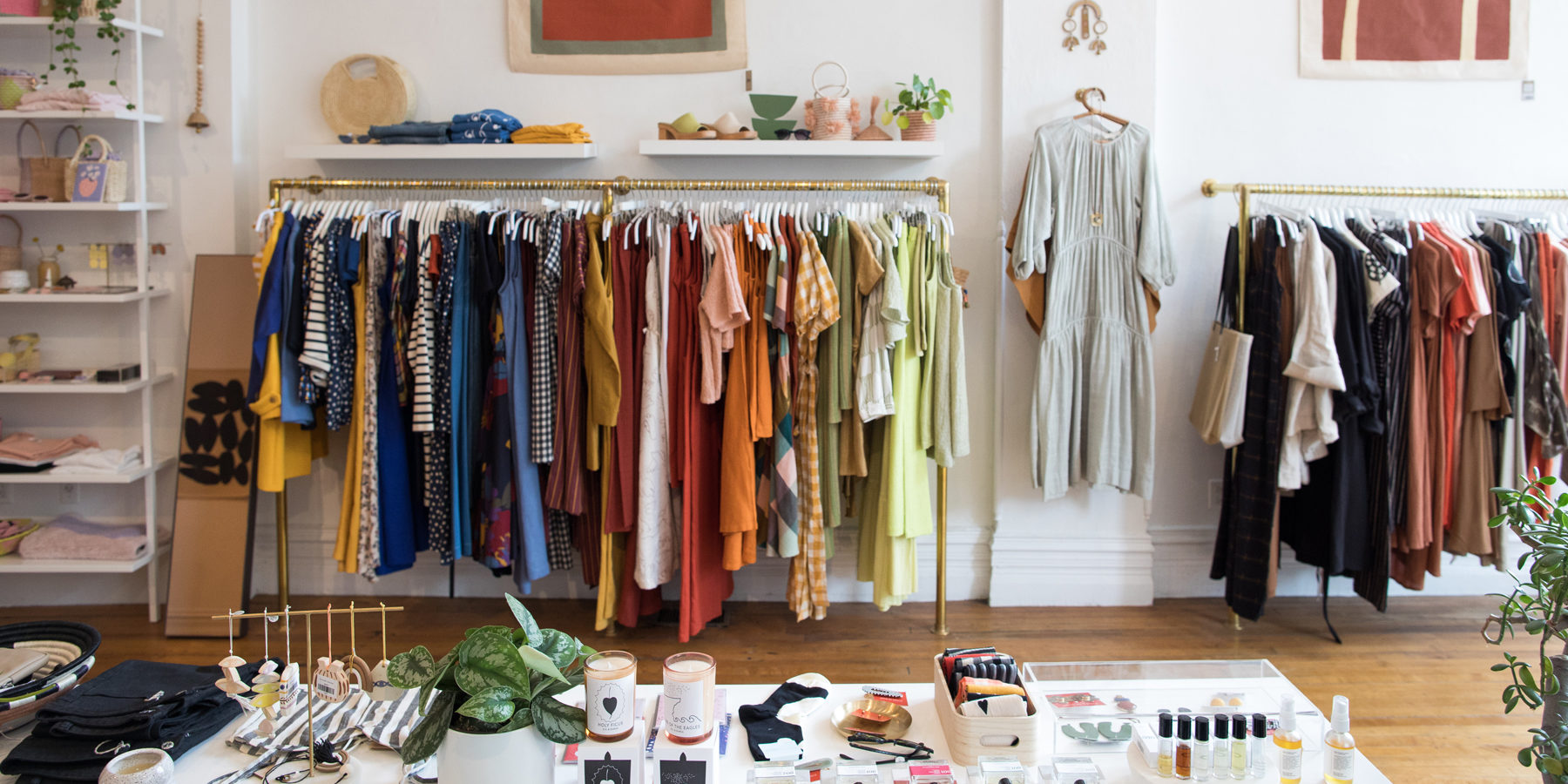How to Style Your Outfits with Boutique Fashion Locates
How to Style Your Outfits with Boutique Fashion Locates
Blog Article
A Deep Dive Into the Globe of High-Fashion Runways: Comprehending Apparel as Art
Designers, much like masterful musicians, weave intricate narratives with type, color, and fabric, testing traditional standards and redefining elegance standards. As we discover these sartorial eyeglasses, we must contemplate: what role does fashion play in forming social worths, and just how does it mirror the ever-changing tapestry of human emotion and identity?
The Evolution of Runway Reveals
The trajectory of path shows has actually transformed dramatically over the years, developing from special industry occasions to fascinating eyeglasses that mix fashion with art. Commonly, runway programs made love affairs, held in ateliers or small places, mainly attended by buyers and sector insiders. These very early discussions focused on the garments' workmanship and business viability, offering a straight and practical display of seasonal collections.
As the fashion sector expanded, the nature of path programs began to alter. The 1970s and 1980s marked a turning point, with designers seeking to distinguish themselves with even more staged presentations.
In recent times, innovation and social networks have actually further transformed path shows, making them available to a global audience. Livestreaming and electronic platforms have equalized style, enabling fanatics worldwide to witness these events in real-time (boutique fashion). This evolution mirrors a broader cultural change, where high-fashion paths act as a vibrant intersection of style, performance, and development
Designers as Dreamer Artists
How have developers transcended their duties to come to be visionary musicians? Designers in the high-fashion market have obscured the lines between functional garment creation and the theoretical realm of art. This change appears in the means they approach their collections, not merely as garments however as profound expressions of emotion, identity, and culture. By welcoming artistic disciplines such as sculpture, painting, and avant-garde installations, developers craft garments that test conventional fashion norms and elevate them to art types.
Visionary designers attract motivation from a myriad of resources, including abstract art, historical references, and personal narratives. They have an unique ability to envision and emerge concepts that push the limits of conventional style, usually redefining aesthetic standards in the process. This innovative ingenuity is showcased through remarkable silhouettes, ingenious products, and detailed craftsmanship, which invite viewers to experience fashion as greater than just wearable things.
Additionally, the path acts as a canvas for these musicians, where illumination, songs, and set layout coalesce to develop immersive experiences. These presentations are not just display screens of garments however are orchestrated efficiencies that evoke emotion and provoke thought, attesting the developer's role as a real artist in the modern cultural landscape.
Social Influences in Fashion
Cultural tapestry weaves its intricate patterns right into the fabric of fashion, affecting designers around the world. The dynamic interchange of social tales, practices, and icons informs and influences collections that elegance high-fashion runways.
The influence of culture on fashion is commonly seen in the reinterpretation of standard garments and patterns. As an example, using Japanese robes, Indian saris, or African prints in modern fashion shows a mix of cultural credibility and modern-day aesthetics. Developers such as Valentino's Pierpaolo Piccioli and Alexander McQueen's Sarah Burton have been understood to incorporate rich cultural concepts into their couture collections, equating background into wearable art.

Advancement in Material and Style
Development in material and style consistently improves the landscape of high-fashion, pressing borders and redefining possibilities. Developers are increasingly discovering the assimilation of technology, such as 3D printing, which permits for the production of complex structures that were formerly unbelievable.
Moreover, sustainability has come to be a critical style in material development. The apparel industry is observing a surge in the use of environment-friendly products, originated from recycled plastics, natural fibers, and even naturally degradable components. These innovations not only supply new structures and looks however additionally address crucial ecological concerns. Developers are accepting these products to craft garments that are both mindful and visually striking of their ecological footprint.
In regards to layout, speculative forms and progressive shapes are constantly changing the path. By including innovative methods and unique materials, designers grow garments that obscure the line between style and art, establishing brand-new criteria for imagination and expression in the high-fashion sphere.
Effect of Style on Culture
Style possesses a profound impact on culture, serving as both a representation of social identity and a driver for social modification (boutique fashion). With its development, style has actually mirrored social changes, encapsulating the zeitgeist of various periods.
In addition, style has the power to bridge social voids, promoting understanding and admiration amongst diverse groups. As globalisation accelerates, the cross-cultural exchange of style ideas becomes increasingly considerable, promoting inclusivity and variety. The surge of streetwear, stemming from city subcultures, illustrates just how fashion can transcend socio-economic limits, providing individuals a method of self-expression and empowerment.
Essentially, style is not merely about visual appeals; it is a vibrant force that affects values, attitudes, visit this web-site and societal development (boutique fashion). By continuously engaging with social and social currents, fashion stays an integral component of the cumulative human experience

Verdict
High-fashion runways serve as dynamic arenas where garments goes beyond functionality to end up being an expressive art type. Designers, akin to visionary artists, coordinate collections that mirror identity, emotion, and social narratives, testing traditional looks. The combination of ingenious textile and design, coupled with intricate collection layouts, illumination, and music, produces immersive experiences that celebrate social diversity. This junction of fashion and artistry not just astounds audiences worldwide but also influences societal assumptions and advertises a much deeper gratitude for social diversity.

Cultural tapestry weaves its elaborate patterns into the material of style, influencing developers internationally.Style wields an extensive impact on try these out society, serving as both a representation of social identification and a driver for social change.
Report this page